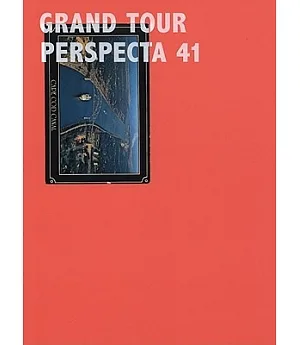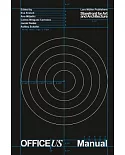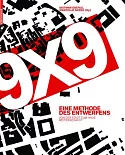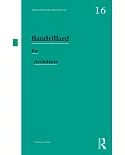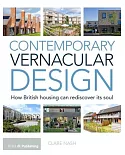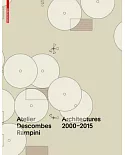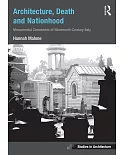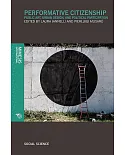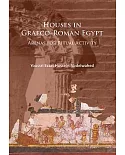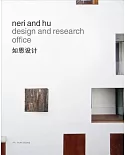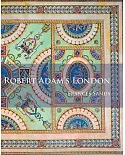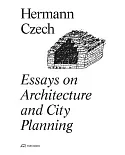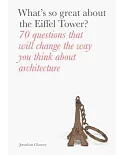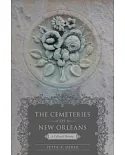The Grand Tour was once the culmination of an architect's education. As a journey to the cultural sites of Europe, the Tour's agenda was clearly defined: to study ancient monuments in order to
reproduce them at home. Architects returned from their Grand Tours with rolls of measured drawings and less tangible spoils: patronage, commissions, and cultural cachet. Although no longer
carried out under the same name, the practices inscribed by the Grand Tour have continued relevance for contemporary architects. This edition of Perspecta--the oldest and most
distinguished student-edited architectural journal in America--uses the Grand Tour, broadly conceived, as a model for understanding the history, current incarnation, and future of architectural
travel.
Perspecta 41 asks: where do we go, how do we record what we see, what do we bring back, and how does it change us? Contributions include explorations of architects' travels in times of
war; Peter Eisenman's account of his career-defining 1962 trip with Colin Rowe around Europe in a Volkswagen; Robert Venturi and Denise Scott Brown's discussion of their traveling and its
effect on their collecting, teaching, and design work; drawings documenting the monolithic churches of Lalibela, Ethiopia; an account of how James Gamble Rogers designed Yale's Sterling Library
and residential colleges using his collection of postcards; and a proposed itinerary for a contemporary Grand Tour--in America.
Contributors:
Esra Akcan, Aaron Betsky, Ljiljana Blagojevic, Edward Burtynsky, Matthew Coolidge and CLUI, Gillian Darley, Brook Denison, Helen Dorey, Keller Easterling, Peter Eisenman, Dan Graham and Mark
Wasiuta, Jeffery Inaba and C-Lab, Sam Jacob, Michael Meredith, Colin Montgomery, Dietrich Neumann, Enrique Ramirez, Mary-Ann Ray and Robert Mangurian, Kazys Varnelis, Robert Venturi and Denise
Scott Brown, Enrique Walker.

